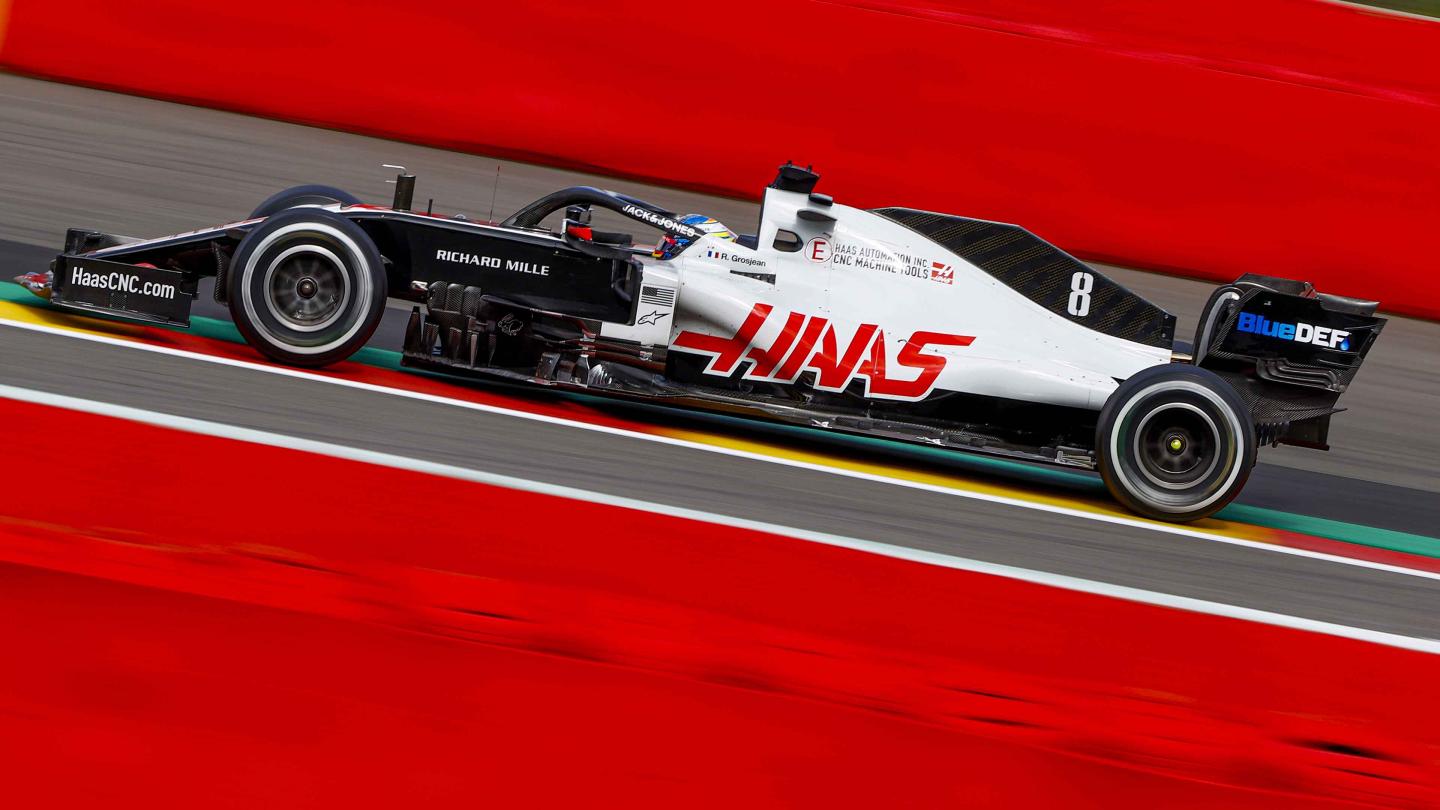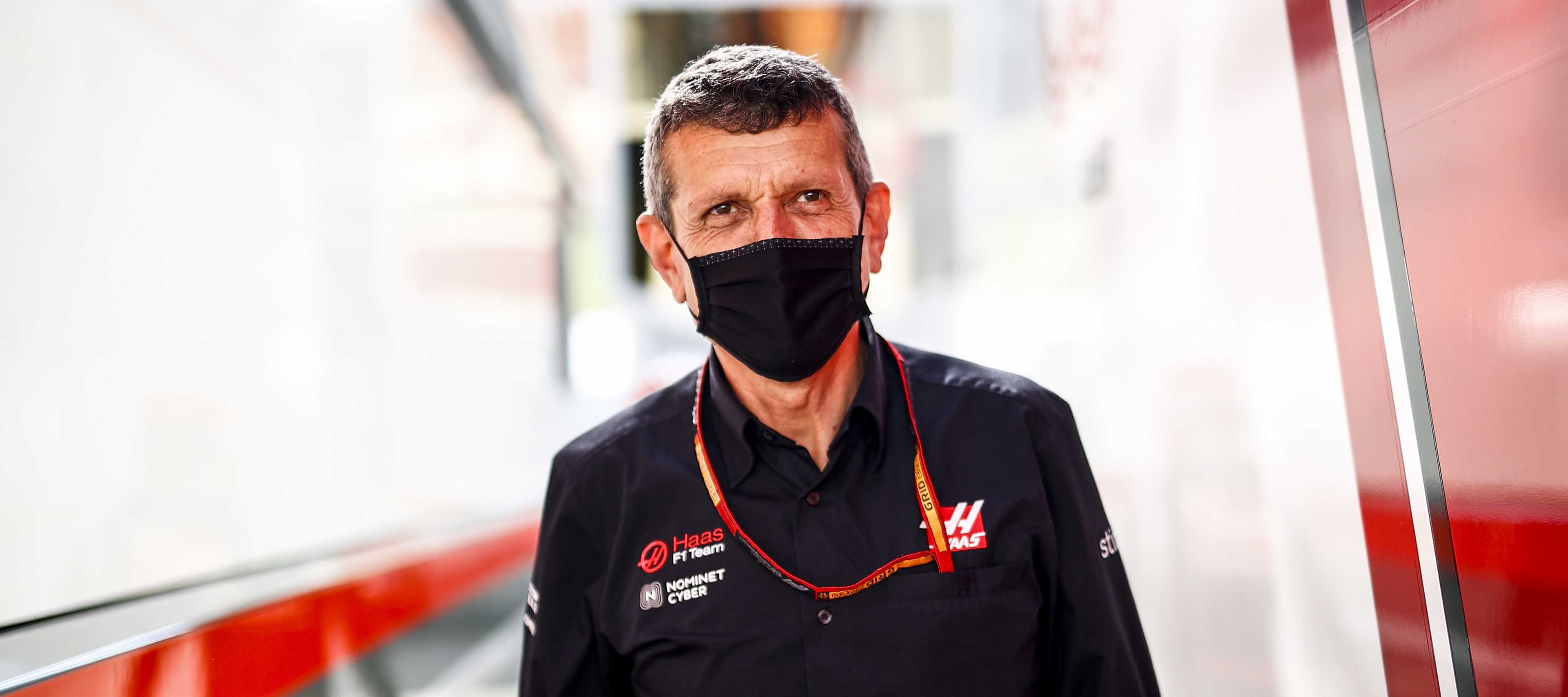Turkish Grand Prix Preview
November 10, 2020
It’s coming up for Thanksgiving in the United States and in anticipation the Formula 1 World Championship is serving up a portion of Turkey for Haas F1 Team.
Turkey acts as the meeting point of two continents as it is where Europe meets Asia across the Bosporus strait, which is straddled by the historic city of Istanbul. On the eastern outskirts of the sprawling metropolis, home to 15 million people, sits the Intercity Istanbul Park circuit, which hosted Formula 1’s Turkish Grand Prix between 2005 and 2011. Now, following a nine-year absence, the track has returned to the championship to host Round 14 of this year’s 17-race campaign.
The 5.3km circuit was widely acclaimed during its first stint on Formula 1’s schedule, with the opening complex of corners drawing comparisons with the iconic ‘Senna S’ plunge at Interlagos, and the quadruple apex left-hander at Turn 8 proving a stern test of car and driver alike. The wide nature of the track, allied with long straights and heavy braking zones, means a large number of overtakes are eminently likely.
Neither Romain Grosjean nor Kevin Magnussen have turned a wheel in a Formula 1 car at Intercity Istanbul Park but Grosjean has enjoyed prior success at the venue. Grosjean took a pole position/win double in 2011 on his way to the GP2 Series title that launched him back into Formula 1.
Following the two-day format last time out at the Emilia Romagna Grand Prix Formula 1 is returning to its more conventional event structure. Two 90-minute practice sessions will take place Friday, final practice and a three-part qualifying hour on Saturday, the results of which set the grid for Sunday’s 58-lap grand prix. Lights out is due for 13:10 local time (05:10 EST/10:10 GMT).

Guenther Steiner, Team Principal, Haas F1 Team
Can you give the assessment of the two-day race weekend format now that Imola is in the rear-view mirror? From a team’s perspective, did it prove popular, and could you see it as a workable format for future seasons?
“I think it was a very good experiment. Sporting-wise it works, we just need to see now how it works commercially – well F1 needs to see if it can be made to work commercially, if promoters are happy to have two-day events instead of three. Sporting-wise there was no downside to it, as always, we were ready for it. I would say there was a little bit more work for the engineers – a bit more pressure. For the rest of the team, specifically the mechanics, they just had a lot of pressure in a shorter time. They can live with it happily as it took out one day of their weekend away from home, especially if we go to a 23-race event calendar in the future.”
Looking back to the Emilia Romagna Grand Prix, can you explain why the team didn’t opt to change Kevin Magnussen’s gearbox after qualifying on Saturday given the issue remained unresolved and ultimately led to the team retiring his VF-20 in the race?
“Hindsight is a beautiful thing. Now thinking back, we should have done that, but at the time we asked the FIA to allow us to change the broken part which could have been a sensor or the gearbox harness. But they didn’t give us the consent, so we decided to stay with the gearbox. If we would have been in a better position in the race maybe we wouldn’t have retired Kevin, but being last and going through a painful experience, there was no point to stay out there. Obviously, the car was slowed down about half a second per lap with the issue. Hindsight is always 50-50. We didn’t and hopefully we learn out of this. Next time we take the hit on the starting grid and go five positions backwards instead of struggling in the race. At the time we thought we could get through it, but we didn’t really realize it was going to get as bad as it did.”
There’s been a lot of talk lately about the provisional 2021 Formula 1 calendar. Just how difficult is the task ahead in being able to talk with a degree of confidence about racing in 2021 and how is that impacting dialogue with the likes of suppliers and partners for example?
“As always with these things, they’re much more difficult when there are unknowns. I think the good thing is we have proven, even in a very difficult year like this one, that we were able to get a calendar together. Yes, it wasn’t more than 20 races, but it’s 17 and it’s been a good season anyway. It’s not as bad as it looks like to speak with partners and suppliers. There’s always a little bit of guess work in it, and who guesses better has got the advantage. Experience helps a lot here, but I would say, due to a very successful 2020, it’s not been made so difficult to plan and speak with people for 2021.”
What are your expectations for the Turkish Grand Prix given it’s a new one for the team with only Romain Grosjean having any track experience at Intercity Istanbul Park – albeit in GP2?
“It’s like a lot of these late races, our drivers haven’t been to them. We try to do our best and up to now we didn’t do badly. Obviously, Imola wasn’t so great for us, but I would not put that one down to us not knowing what we were doing because it was a new track – it was just the circumstances. Otherwise, I think it’s a great experience for the team to go somewhere new, it’s a great experience for the drivers. In the position we are in now, we just try to do our best and hopefully get home with some points.”